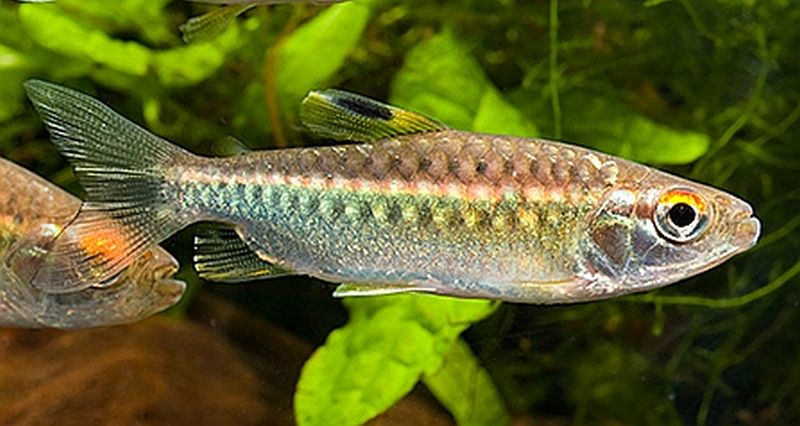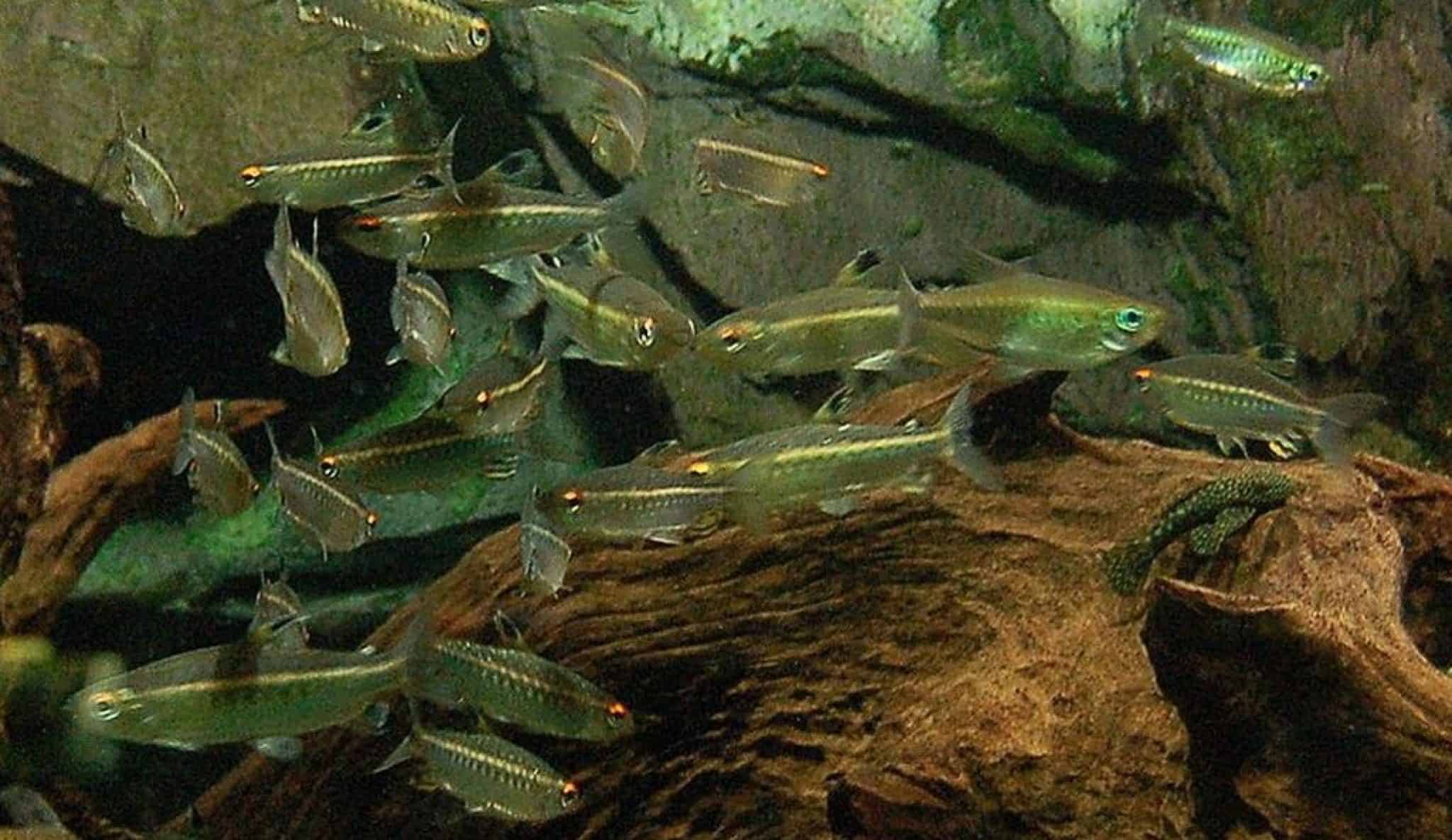African Red Eyed Tetra
The African red eyed tetra is a popular freshwater fish among aquarium enthusiasts. With its stunning red eyes and active nature, this fish is a joy to watch. But owning an African red eyed tetra comes with its own set of challenges. In this article, we will go over everything you need to know about this fish, including its target, pain points, and care requirements.
Understanding the Pain Points of African Red Eyed Tetra
Although the African red eyed tetra is a relatively easy fish to care for, it is not without its pain points. One of the main issues with this fish is its high activity level. This means that it needs a lot of swimming space, and a tank that is too small can easily stress out the fish. Additionally, African red eyed tetras can be sensitive to water quality, so maintaining a clean and well-filtered tank is crucial.
The Target of African Red Eyed Tetra
The African red eyed tetra is a tropical freshwater fish that is native to South America. It generally grows to be around 3 inches in length, and is known for its striking red eyes. This fish is a schooling species, so it is best kept in groups of at least 6 individuals. It is an active fish that thrives in a well-planted tank with plenty of swimming space.
Key Points to Remember About African Red Eyed Tetra
To summarize, African red eyed tetras are a popular freshwater fish that require a well-filtered tank and plenty of swimming space. They are schooling fish that should be kept in groups of at least 6 individuals. In order to keep them healthy and thriving, it is important to maintain a consistent water quality and provide a balanced diet that meets their nutritional needs.
Personal Experience with African Red Eyed Tetra
I have been keeping African red eyed tetras in my aquarium for several years now, and I have to say, they are one of my favorite fish species. Their bright red eyes are truly mesmerizing, and they always seem to be in motion, which makes for an interesting tank dynamic. However, I quickly learned that these fish require a lot of swimming space, and I had to upgrade my tank to accommodate their needs.
The other challenge I faced was maintaining a consistent water quality. African red eyed tetras can be sensitive to ammonia and nitrite levels, so I had to be diligent about testing and making sure my filter was working properly. But once I got the hang of it, these fish have been a joy to keep.
Caring for African Red Eyed Tetra
When it comes to caring for African red eyed tetras, there are a few key things to keep in mind. First and foremost, these fish are schooling species, which means they should be kept in groups of at least 6 or more. They are also active fish, so they require plenty of swimming space. A good rule of thumb is to provide at least 10 gallons of water per fish.
It's important to maintain a consistent water quality for African red eyed tetras. This means testing the water regularly for ammonia, nitrite, and nitrate levels, and making sure your filter is working properly. To keep your fish healthy and thriving, it's also important to provide a balanced diet that meets their nutritional needs.
Feeding African Red Eyed Tetra
African red eyed tetras are omnivores, which means they eat both plant and animal matter. A good diet for these fish might include a combination of high-quality flakes, pellets, frozen or live foods such as brine shrimp and bloodworms, and fresh vegetables such as blanched spinach or zucchini.
Breeding African Red Eyed Tetra
Breeding African red eyed tetras can be a challenge, as these fish require specific water parameters and conditions in order to spawn. However, with the right setup and some patience, it is possible to breed these fish at home. Female African red eyed tetras will lay their eggs on plants or other surfaces, and the males will then fertilize them. The eggs will hatch in a few days, and the fry will need to be fed small, frequent meals of infusoria or newly hatched brine shrimp.
Question and Answer
Q: How long do African red eyed tetras live?
A: African red eyed tetras can live up to 5 years in the right conditions.
Q: What should I do if my African red eyed tetras seem stressed?
A: If your fish seem stressed, check your water parameters and make sure they are within a safe range. It may also help to add more hiding places or plants to the tank to help them feel more secure.
Q: Can African red eyed tetras be kept with other fish?
A: Yes, African red eyed tetras can be kept with other peaceful fish species that share similar water parameter requirements.
Q: How can I tell if my African red eyed tetras are male or female?
A: Male African red eyed tetras are generally more brightly colored, and may have longer fins than females. Additionally, during breeding season, females will have a rounder belly as they fill with eggs.
Conclusion
The African red eyed tetra is a beautiful and active freshwater fish that can make a great addition to any aquarium. By keeping their care requirements in mind and providing a well-filtered tank with plenty of swimming space, you can enjoy these fish for years to come.
Gallery
African Red-eyed Tetra (Arnoldichthys Spilopterus) | Tropical Fish Keeping

Photo Credit by: bing.com / tetra spilopterus vissen tropical afrikaanse roodoog zalm
African Red-eyed Tetra (Arnoldichthys Spilopterus).. | Tropical Fish

Photo Credit by: bing.com / tetra spilopterus eyed
African Red Eyed Tetra Maidenhead Aquatics

Photo Credit by: bing.com / tetra
13 Best Red Eye Tetra Tank Mates (With Pictures!) | Aqua Movement

Photo Credit by: bing.com / tetra mates haplochromis aquamovement
Red Eye Tetra (Moenkhausia Sanctaefilomenae) Species Profile & Care Guide

Photo Credit by: bing.com / eye tetra moenkhausia
